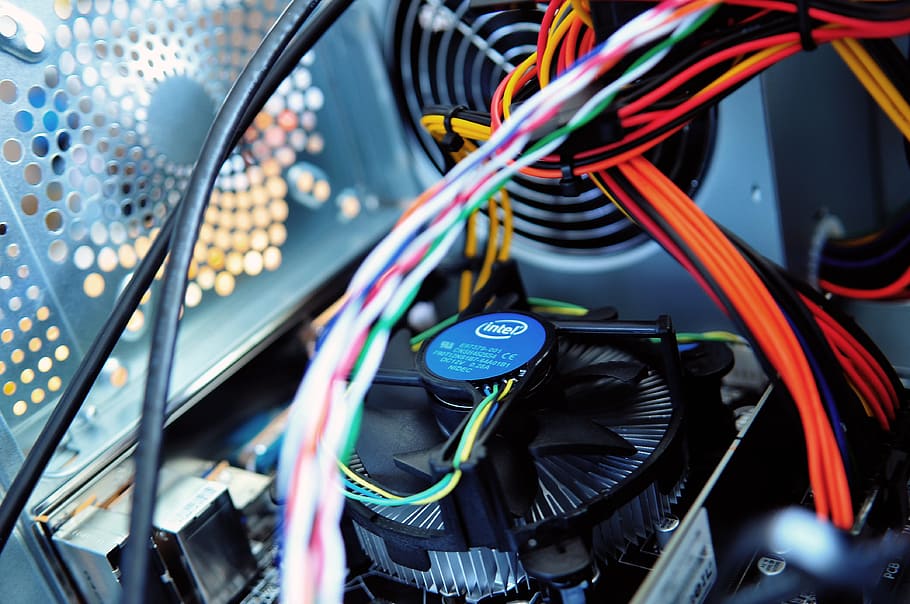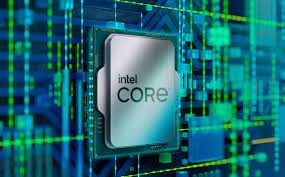The intriguing journey of automated vending machines over millennia begins with their modest origins in ancient Greece and continues with their present progress with state-of-the-art technology. Let’s examine the historical chronology in more detail, as well as important events and dates, in the history of vending machines.
Custom vending machines are specialized self-service units made to order according to specific requirements. They give companies the freedom to create machines that are tailored to particular branding, products, and user experiences, which improves customer satisfaction and engagement while increasing sales and operational efficiency in a variety of retail and hospitality settings.
Origins Ancient: 215 B.C.
The Greek mathematician Hero is credited with creating the first known “vending machine” around 215 B.C. In the book “Pneumatika,” Hero and his tutor Tesibius described their innovations in detail. One of their creations was a coin-operated machine that, when a five-drachma coin was inserted, would release a little amount of sacrificial water. It’s important to keep in mind, too, that there is few evidence indicating that this machine is widely used, and automated vending made little headway for generations.
The English Taverns in the 17th Century
During 1615, simple coin-operated devices for dispensing tobacco and snuff began to appear in English pubs. These early devices required manual lid sealing after each use since they were less advanced than Hero’s invention. They were carried from one client to another and were usually made of metal.
19th Century: An Expanding Range
There were many more automated vending machines in the 19th century than there were in the previous one. The first newspaper vending machine was created in England in 1822 by Richard Carlile, a bookseller trying to avoid being arrested for selling publications that were outlawed, such as Thomas Paine’s “The Age of Reason.” Carlile’s gadget worked, but it was unable to save him from being arrested.
Simeon Denham received the earliest known patent for a vending machine in 1857; it was for a mechanism that issued penny postal stamps. In the decades that followed, innovators all over the globe filed for patents on coin-operated devices that sold anything from handkerchiefs to chocolates and cigarettes. The first American patent for a vending machine that resembled Hero’s holy water dispenser was granted to W.H. Fruen in 1884.
To start a vending machine business, one should first identify high-traffic locations and in-demand products through thorough market research. Then, one should choose reputable vending machine suppliers, obtain the required permits and licenses, create a business plan that outlines marketing strategies and financial projections, and invest in machines that have modern features like cashless payment options and remote monitoring capabilities for greater profitability and customer satisfaction.
Late 1800s: American Growth and Development
When Thomas Adams of the Adams Gum Company placed Tutti-Frutti gum vending machines on New York’s elevated train platforms in 1888, the American automated vending machine sector really got off the ground. Due to their great popularity, postage stamp selling machines spread across society in the late 1800s. In 1891, the Automatic Machine Company located in Buffalo, New York, was the first to sell stamps on a commercial basis. The first bulk vending machines appeared around the turn of the century. In 1901, the Mills Novelty Company unveiled devices that offered a fixed amount of peanuts for a cent, and the following year, the Horn & Hardart Baking Company transformed the vending industry by launching its first Automat restaurant in Philadelphia.
20th Century: Developments and Growth
Drinks were the sole items that beverage vending machines sold before 1908, usually in communal cups. That year, the Public Cup Vendor Company—later renamed the Dixie Cup Company—unveiled a device that distributed water into individual paper cups in response to growing public concern about sanitation.
The automated vending machine business had a split in the 1920s that separated operators from manufacturers. Businesses such as the Doehler Die Casting Company created machines to sell a variety of goods, such as sanitary napkins, lighter fluid, and Life Savers. Another change in the sector came in 1925 with the introduction of three cigarette vending machines. In the 1930s, candy machines that offered a variety of goods were more popular. The Canteen Company’s founder, Nathaniel Leverone, was a pioneer in the invention of these machines.
World War II and the Years Following
The production of vending machines was suspended during World War II. But following the war, the sector recovered, and new products like hot dog and coffee vending machines appeared. Paper money changers were first introduced in the 1950s, and the advent of canned soft drink vending machines in 1961 caused a spike in vending sales.
Beyond the Late 20th Century
Large corporations dominated production as the vending machine sector experienced consolidation in the years that followed. When electronic advances were first incorporated into vending machines in 1980, they improved their functionality and made fault diagnostics and record-keeping possible. The selection of goods that were automatically vended kept growing, and now included specialty items like microwave popcorn.
With the introduction of “smart” devices in the early 1990s, the vending machine business entered a new era. These devices could handle a variety of goods and maintain track of records, allowing bottling businesses to assume additional duties that were previously delegated to other parties. Further industrial consolidation resulted from the substitution of electronic components for mechanical elements.
The vending sector saw a number of significant developments in the 1990s. Higher-quality food alternatives might be provided via vending machines, especially in offices where vending sections have replaced conventional cafeterias. Large producers built equipment for things like fresh pizza, french fries, and a wider variety of frozen meals that could be reheated in the microwave.
The automated merchandising sector rose by 5.6 percent in 1998 to reach $23.3 billion, according to automated Merchandiser’s “State of the Vending Industry Report.” This was the biggest growth in a single year throughout the 1990s. With the exception of cigarettes, which accounted for less than 1% of all vending sales in 1998, every product category saw increase. Vending machines sold around 1.2 billion cases of soft drinks in the United States in 1998, demonstrating the exceptional effectiveness of this marketing strategy. Soft drink manufacturers made an investment in vending machines because, in contrast to supermarkets, they were less vulnerable to deep discounts and fierce rivalry.
Innovations and Challenges of the Late 20th Century
The widespread use of plastic beverage bottles in vending machines, which could accommodate different bottle sizes, was one of the trends of the late 1990s. New innovations included the use of coupons and the use of credit and debit cards. Glass front cold beverage dispensers became more and more common, and insulated candy vending machines for outdoor use were created.
The vending industry was significantly impacted by the dramatic drop in cigarette smoking in the 1990s, as operators received a smaller portion of their revenue from cigarettes than they did in the 1960s.
21st Century and Upward: Changing Patterns
Vending machines are set to undergo further development in the 2020s, with an emphasis on providing cashless payment choices, energy efficiency, sustainability, and improved security features in response to shifting customer preferences and technological breakthroughs. At Linkitsoft, from its Greek beginnings, vending machines have gone a long way and are still a vital component of contemporary convenience and trade.






